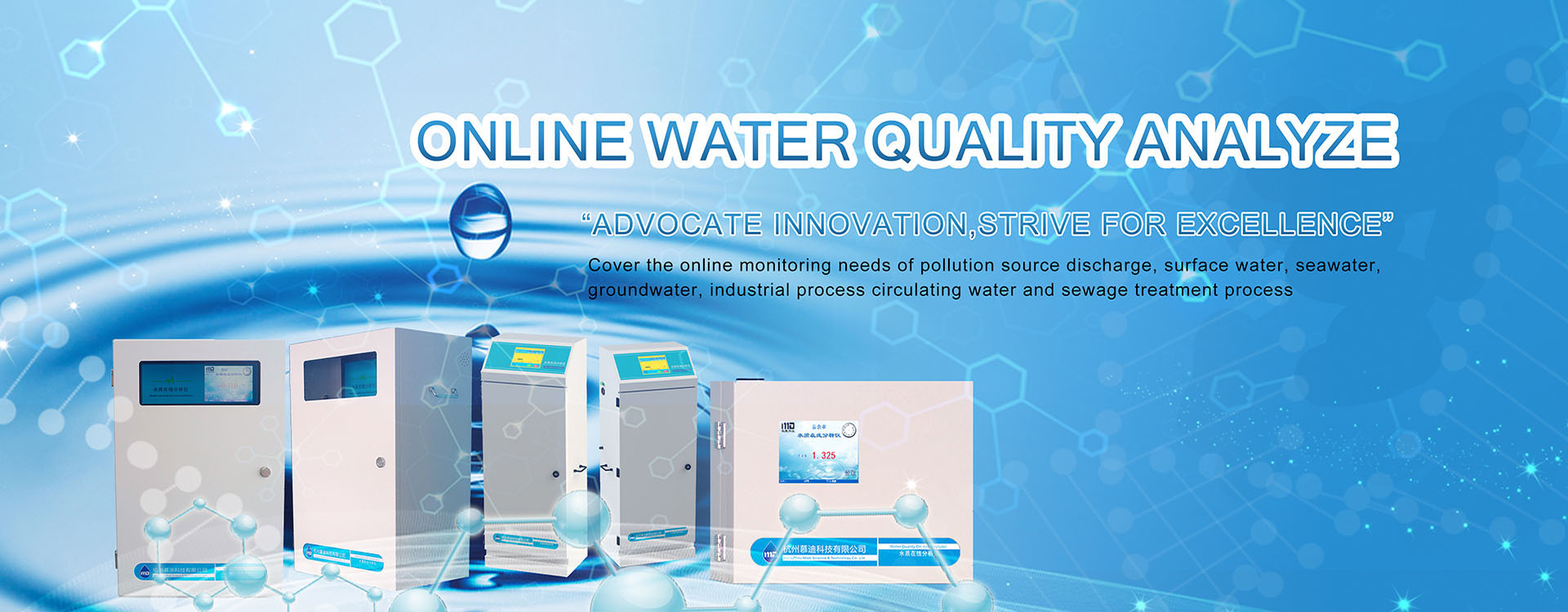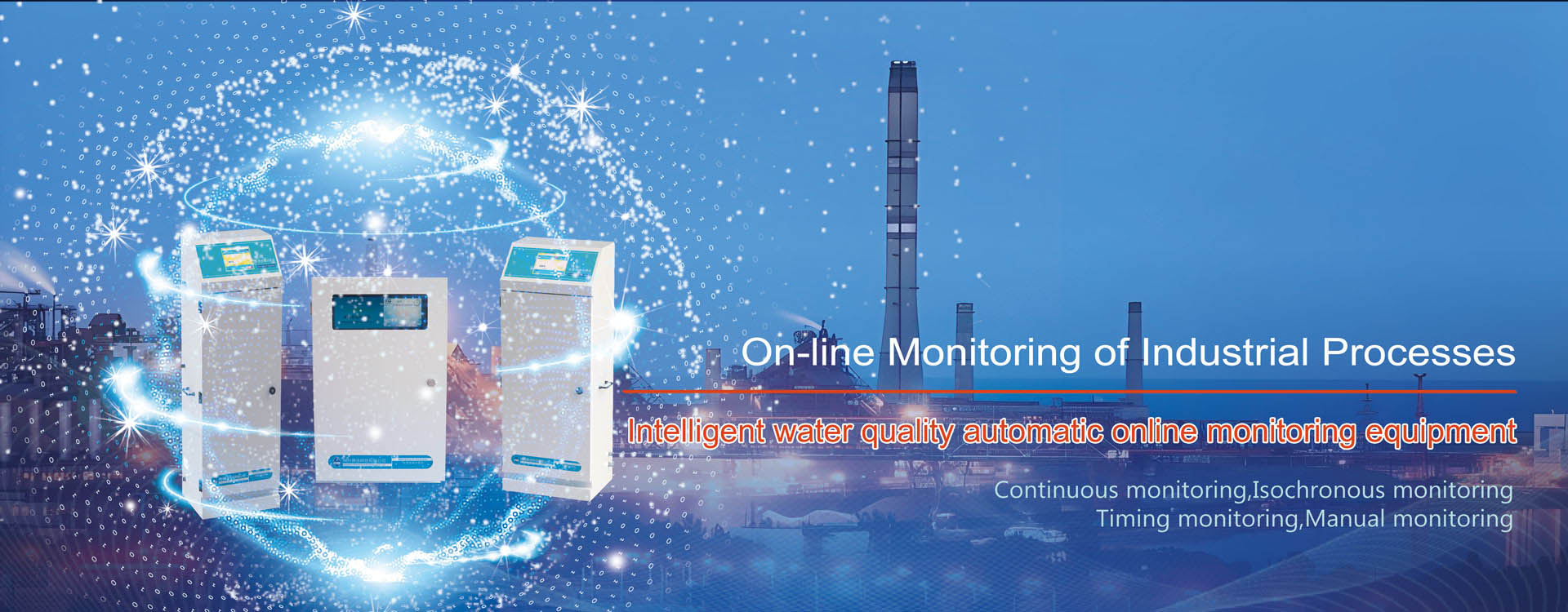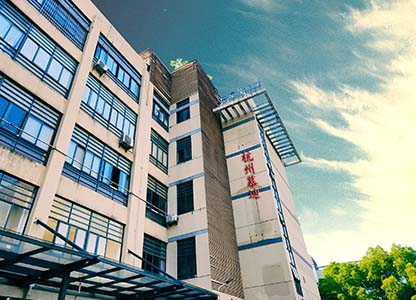When it comes to environmental protection standards, they may vary depending on different parameters and scenarios. So, may I ask what the environmental protection standard for total residual chlorine is? In this chapter, the online water quality monitoring instrument manufacturer will come together with everyone to understand the environmental protection standards for total residual chlorine in medical wastewater!
Medical wastewater contains a large amount of pathogenic bacteria, viruses and some chemical agents, etc. All of them need to be specially treated before being discharged. Why is it necessary to detect total residual chlorine in the monitoring of medical wastewater? In fact, the reason is quite simple. There are a large number of pathogenic bacteria in medical wastewater, and it is usually discharged after disinfection. Commonly used disinfectants contain chlorine, and the disinfectant is directly proportional to the bacterial content in the water. That is to say, the amount of harmful bacteria eliminated will be equivalent to the amount of chlorine used. If it is found that there are fewer bacteria in the water, This is because less of the disinfectant residue is used, so the residual chlorine content will be relatively higher. There is also a standard for residual chlorine. Once it exceeds the standard, it is harmful to the human body! Then, may I ask what the environmental protection standard for residual chlorine is?
The Environmental Protection Standards for Medical Wastewater Monitoring are as Follows:
According to the “Discharge Standard of Water Pollutants from Medical Institutions”;
The total residual chlorine emission limit value is: 0.5mg/L (daily average);
Note: 4102;
When treating medical wastewater, if a disinfectant containing 1653 chlorine is used for disinfection, the requirements for process control are as follows:
1.Emission standards: Regarding the disinfection contact tank, the contact time should be ≥1 hour, and the total residual chlorine at the outlet of the contact tank should be 3-10mg/l.
2.Pretreatment standards: The contact time in the disinfection contact tank should be ≥1 hour, and the total residual chlorine at the outlet of the contact tank should be 2-8mg/l.
3.Additionally, other disinfectants have no requirements for total residual chlorine.
If you want to know the total residual chlorine content in water, you need to use an online total residual chlorine analyzer. By using this instrument to monitor the total residual chlorine content in water in real time, you can determine whether the total residual chlorine in water meets the environmental protection standards! The model of the instrument for detecting total residual chlorine produced by Hangzhou Modi is: RCl900. The working principle is that the water sample and the anti-interference agent will be automatically injected into the reactor, and then the characteristic chromogenic agent will be automatically added for the color reaction, and the absorbance of the reactants will be measured. Then the analyzer detects the total residual chlorine content in the water through the absorbance value!




